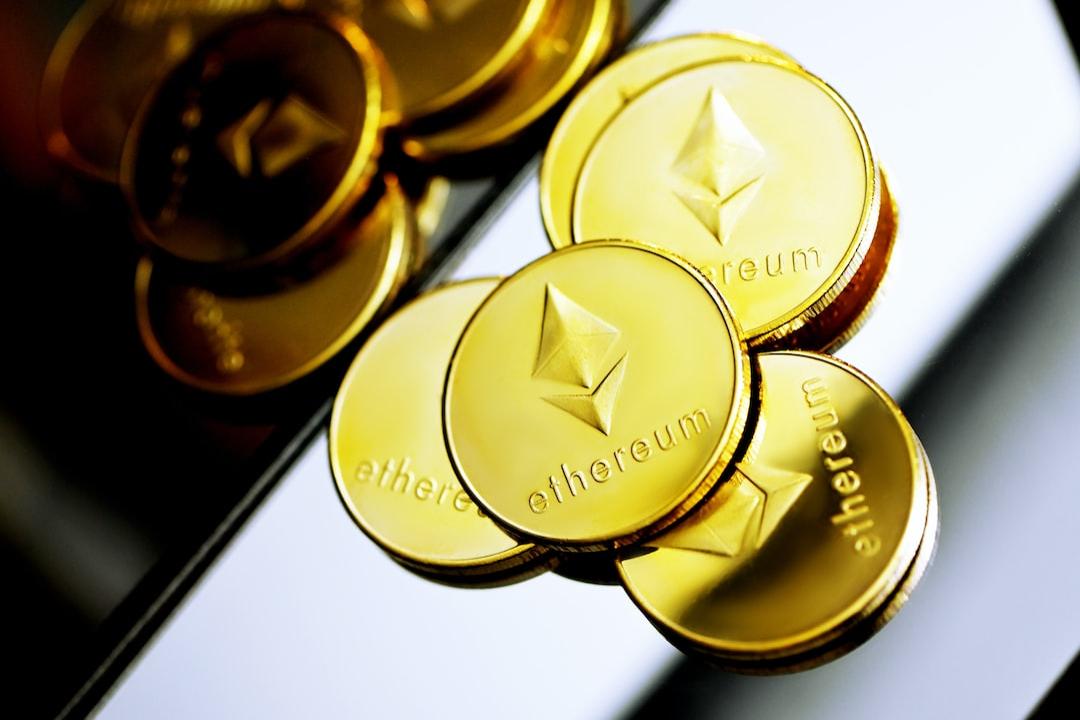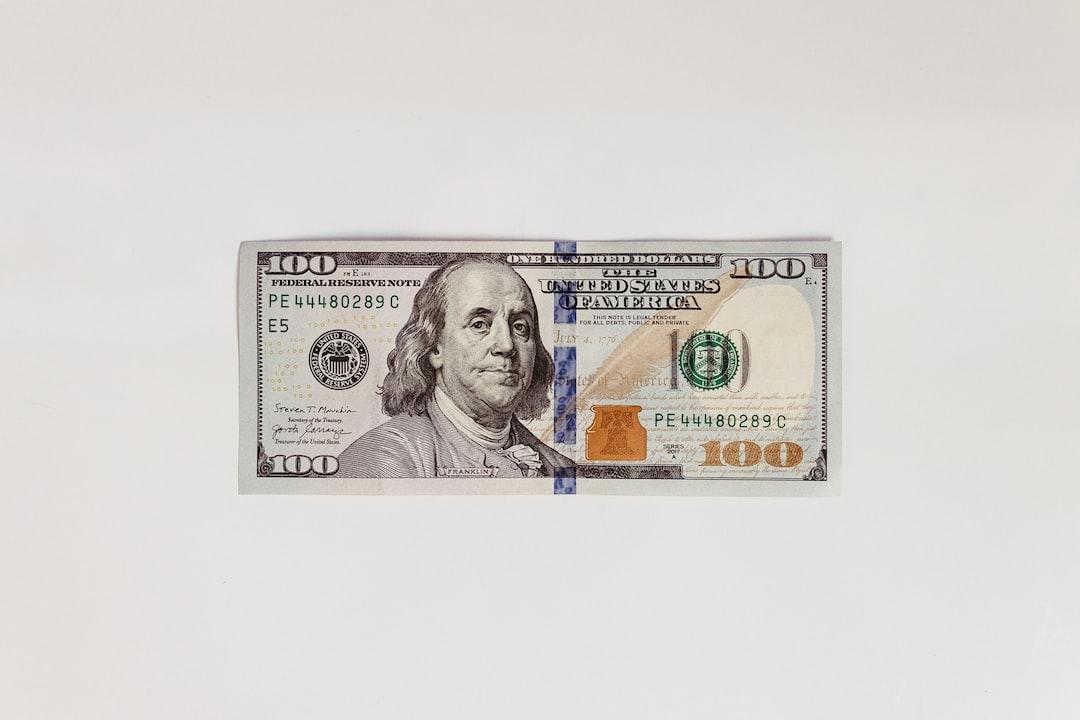Keeta Network Token $KTA Market Cap Surpasses $88.5 Million, Surging Over 13 Times in Just Two Weeks with Investment Backing from Former Google CEO Eric Schmidt
This article takes a deep dive into its technical architecture and key highlights. For more project analyses, feel free to read the “Moving Alpha Mining Series.”
Background Summary: Ripple Makes Strong Grounding in the U.S: SEC Lawsuit Concludes, Expanding its Home Business
Supplementary Background: Sam Altman’s World Wallet Plans to Integrate Visa Features, Creating a “Mini Digital Bank” Stablecoin Payment System
This week, altcoins have seen a general rebound, with many tokens on the Base chain making a strong comeback, particularly AI-related tokens. However, Keeta Network has stood out not as an AI token but as a new Layer 1 blockchain. Even before its testnet launched, the project gained attention due to the investment from former Google CEO Eric Schmidt, with $KTA token seeing impressive trading volume and price increase.

According to CoinGecko data, $KTA has been rising steadily since its launch on March 6, with a significant surge starting on the 18th, with almost no major pullbacks. On the 25th, $KTA hit a new all-time high of $0.2214, with a market cap surpassing $88.5 million, rising about 10% in the past 24 hours, and over 13 times in the last two weeks.
What makes this project so special to gain such market attention? Below, we dive deeper into Keeta Network’s core architecture and development roadmap.

Introduction to Keeta Network
Keeta Network is a high-performance Layer-1 blockchain dedicated to providing secure, efficient, and highly interoperable solutions for global payments and asset transfers. Its vision is to become the “common ground for all asset transfers,” supporting cross-chain transactions and emphasizing seamless integration with traditional financial systems (TradFi).
Keeta was designed to address the pain points of traditional payment systems, such as high transaction fees, slow settlement speeds, and lack of regulatory support, aiming to achieve fast transaction settlements and asset tokenization through its technical architecture.
Founder and CEO Ty Schenk stated that Keeta’s goal is to “make international remittances as simple and fast as Venmo payments (similar to LINE Pay for Taiwanese readers), with no worries about the security of funds.”
Key Technical Highlights
1. High-Performance Transaction Processing
Keeta claims to have a transaction processing capability of 10 million transactions per second, with settlement times taking just 400 milliseconds, far surpassing traditional public blockchains and payment systems in terms of performance.

This performance comes from the following four major designs:
1-1) DAG (Directed Acyclic Graph)
Allows parallel transaction processing, improving throughput and scalability.
1-2) dPoS Consensus Mechanism
Keeta uses Delegated Proof of Stake (dPoS) as its consensus mechanism, where token holders can delegate tokens to representatives who participate in governance and transaction validation. A fast and decentralized block validation process is achieved through five steps: initiating voting requests -> temporary voting -> cross-validation -> final voting -> block broadcasting.

1-3) Separate Nodes from Hardware
Nodes are not tied to specific servers, allowing multiple servers to support a single node. This design enables vertical and horizontal scaling without service interruptions and maintains stable transaction processing speed even under high load.
1-4) Elimination of Mempool
In traditional blockchains, the mempool is a waiting area for transactions before they are added to blocks. However, this design leads to delays and higher transaction fees when network activity is high. Keeta Network eliminates the mempool, allowing for faster and cheaper transaction processing.
2. Anchor – High Interoperability
Any blockchain can connect to the Keeta network via Keeta’s Anchor feature, enabling users to transfer assets across different blockchains. More innovatively, Anchor also supports integration with traditional payment systems like SWIFT and ACH, enabling seamless exchange between fiat and digital assets, creating a global payment interoperability network.
Official sources state that this means users can transfer funds directly to an external bank account outside of the network. For example, a U.S. bank can transfer funds to a European bank via SEPA (EU’s local payment system) Anchor, even if the recipient’s account is not on the Keeta network.
3. Built-in Compliance
Keeta comes with native compliance protocols, making it feasible for highly regulated institutions such as central banks and commercial banks. This interoperability makes it an ideal intermediary platform connecting TradFi and DeFi.
4. Native Tokenization
Keeta uses native tokenization, allowing tokens to be issued and operated without relying on smart contracts. This increases efficiency, flexibility, and reduces costs. Unlike platforms like Ethereum, Keeta’s tokens are native network assets, allowing the direct issuance of both fungible and non-fungible tokens, and supporting applications like Real-World Assets (RWA) tokenization. The built-in programmable rule engine allows creators to design specific behaviors and conditions, flexibly catering to various tokenization needs.
5. Digital Identity
Keeta integrates certificates from various credential authorities (CAs) to create comprehensive digital identities for users, covering government, banking, industry, and academic verification. All information is tied to the user’s public key, which can be selectively disclosed, and users can share verified information, reducing redundancy in verification processes, thus achieving high efficiency and privacy in cross-service identity verification.
6. Private Subnetworks
Keeta supports deploying private versions as “subnetworks” to meet privacy needs in specific scenarios. Subnetworks operate similarly to the main network, but transactions are not made public on the mainnet, and they can be designed as centralized or decentralized as needed. Mainnet accounts can seamlessly switch to subnets via a “single universal key,” and assets and transaction records can be updated when switching back to the mainnet.
Given these features, Keeta is seen as a potential challenger to existing competitors in the payment sector and is even referred to as the “Ripple Killer” by some commentators.
Token Economics
Keeta’s native token is $KTA, with a total supply of 1 billion tokens. The token distribution is as follows:
- Community and Ecosystem Reserve (50%): 75% unlocked at TGE, remaining portion locked for 6 months, linear release over 48 months. Use: Grants program, staking rewards, ecosystem growth, liquidity provision.
- Team (20%): 9 months lock-up, linear release over 36 months.
- Early Investors (20%): 6 months lock-up, linear release over 24 months.
- Foundation (10%): 3 months lock-up, linear release over 48 months.

Team and Funding
Founder: Ty Schenk (@schenkty), CEO of Keeta
Chief Technology Officer: Roy Keene (@yourpal), former lead developer of Nano (which reached a market cap of $4 billion).
According to official statements from 2023, Keeta has received $17 million in funding from investors including former Google CEO Eric Schmidt and Steel Perlot Management, with a valuation of $75 million.
Conclusion: Is Keeta the Ripple Killer?
Keeta Network has garnered significant attention from the community due to its strong team (backed by former Google CEO and former Nano chief developer) and technical highlights (10M TPS, RWA support). Its permission system and digital identity features, designed for traditional financial regulation, address blockchain privacy and compliance issues. After the launch of the mainnet, international payments will be a key focus, and future applications are worth anticipating.
However, the official testnet has not yet launched (announced on March 23), and the actual performance remains to be validated. Additionally, the top 10 holders of $KTA account for 67% of the total supply, indicating a highly concentrated distribution of tokens, which should be monitored. Future attention should be paid to the progress of the testnet and mainnet, bank adoption rates, and changes in token distribution to avoid blindly chasing high prices.


